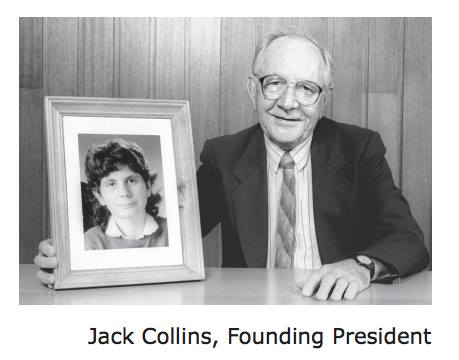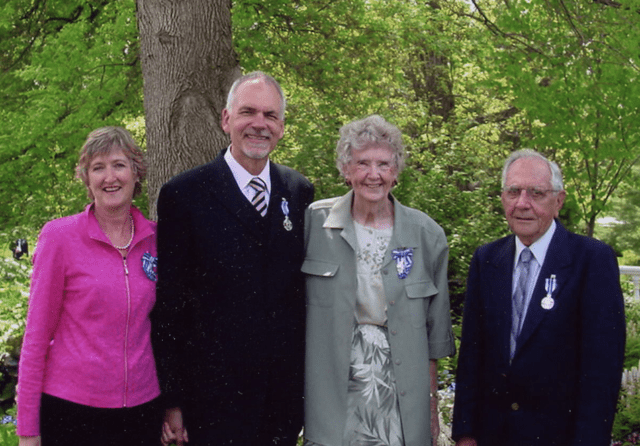
PLAN: AN IDEA IS BORN
In the late 1980s, a small group of people began meeting together in Vancouver, British Columbia, to think about futures that were not their own. Each of them had a son or daughter with a developmental disability, and together, they considered these sons and daughters. They considered their joys and their fears. They considered their dreams and their safety. They considered their places in the world.
All of the parents bore well-earned scars from the political battles and guerilla actions they had fought to enable their children to receive the support they needed: schooling; housing, medical and psychological care; money. They knew the system well, could negotiate its highways and its alleys and its cul-de-sacs. But they were tired. And they were afraid, because they realized that advances in health care meant they would have to face a problem few people in history had ever faced. Their disabled children were likely to outlive them. Despite their hard-won expertise, their intricate knowledge of the agencies and organizations meant to serve the disabled community, they knew that, sooner or later, their children would be without their advocacy, cast adrift in an institutional world that could not protect them from the devastating personal and systemic loneliness that the parents feared the most.
In many ways the small group of parents had itself been born of loneliness. The group was the work of a peculiar synchronicity. Each member had suffered recent and profound loss: death, illness, divorce — disorienting chords that had left them bruised and battered individually, but also open to thinking about the world and working with each other in a new way.
And a new way of thinking and working was exactly what they sought. They sensed that the current model of providing for the disabled, the familiar twentieth-century concoction of institutional service and legal contest, provided few answers to their sons’ and daughters’ most meaningful questions and yearnings. And they knew that the nonprofits that worked within the disabled community were deeply embedded in this model, both mentally (“How else could we do this work?”) and financially, since they received most of their money from government agencies. In fact, group members had been intimately involved in many of these nonprofits, founding them, working for them, sitting on their boards. They knew a lot about governance and policy and legal and financial issues. They had a particular expertise in estate planning; several people in the group were involved in workshops that helped parents develop wills and trusts appropriate for supporting disabled offspring. But they all felt that the structures they had participated in and helped create were missing something vital.
Jack Collins was there. He says, “We all spent years building these nonprofit organizations that were supposed to be providing services to our children, but they did not really look at the needs of the person . . . [Our local association] didn’t offer anything but programs which suited the needs of the association.” He talks about his daughter Pam: “Whenever we asked for something, they put her in a training program.” He pauses and stares at his hands. “They trained her to bake muffins once.”
Jack says that what the members of this small group shared, in addition to a particular family experience with disability, was “complete dissatisfaction with this system.” They wanted to create something entirely different, an organization, a movement, a way of understanding the world that would secure the futures of their children and others like them by acknowledging and responding to their deepest human needs, not simply their superficial predicaments.

The group, however, had little notion of what that something might be. So they talked with each other and they visited different programs. They opened, without mercy, their own assumptions and wounds. Funded by research and planning grants, they spent three years in deep inquiry, immersed in profoundly honest, occasionally contentious, dialogue with each other and with the world around them. Slowly, a fresh way of understanding the disabled community and the organizations meant to serve that community began to emerge. A fledgling model of a different kind of organization with a different way of seeing the world took shape. Like all fledglings, the model was damp and awkward and fuzzy in places. But in 1989, with a tiny office, and still only the vaguest idea of what it would all mean eventually, the Planned Lifetime Advocacy Network, PLAN, was born.
Written by Warren Nilsson for PLAN